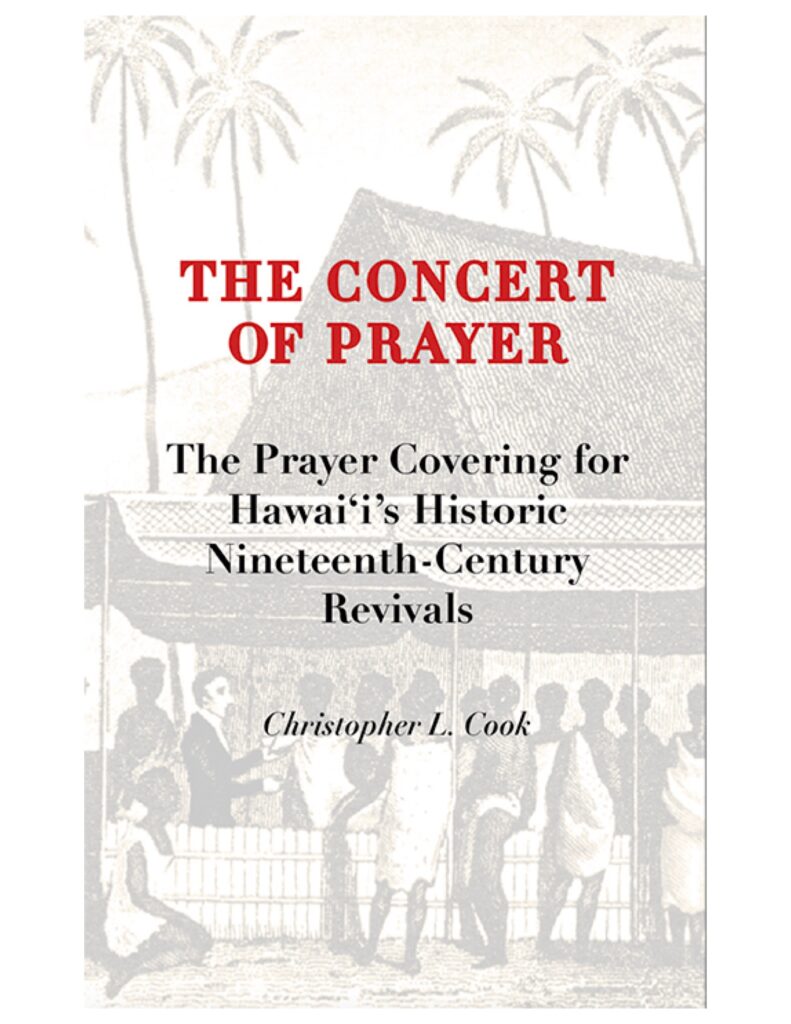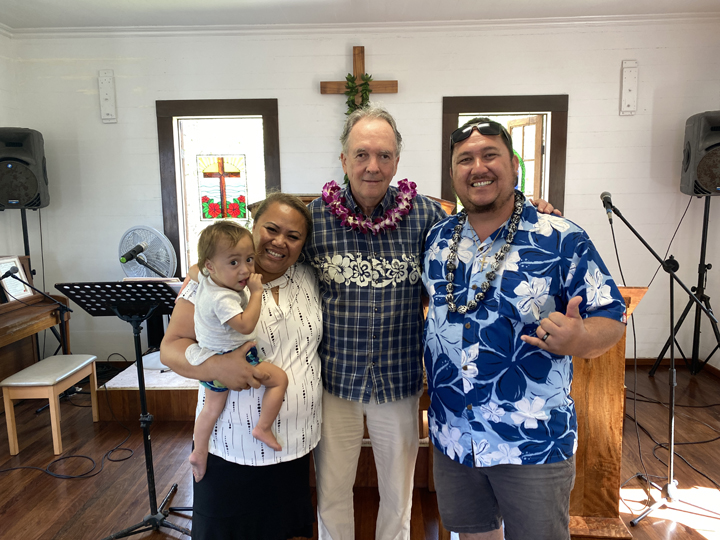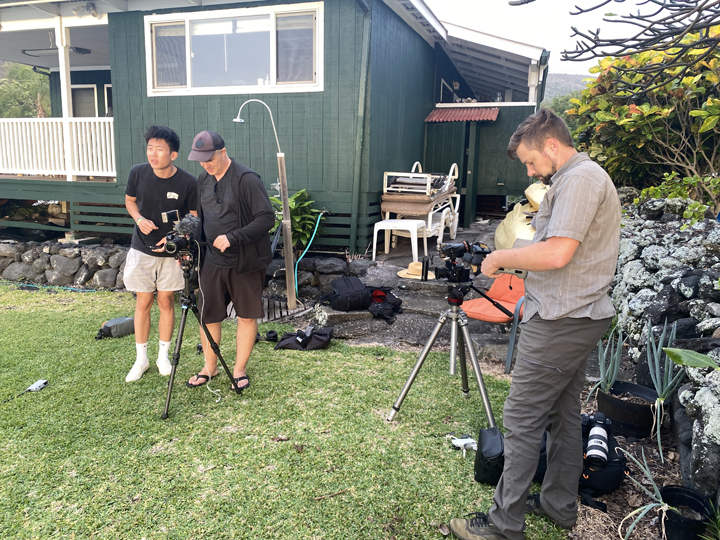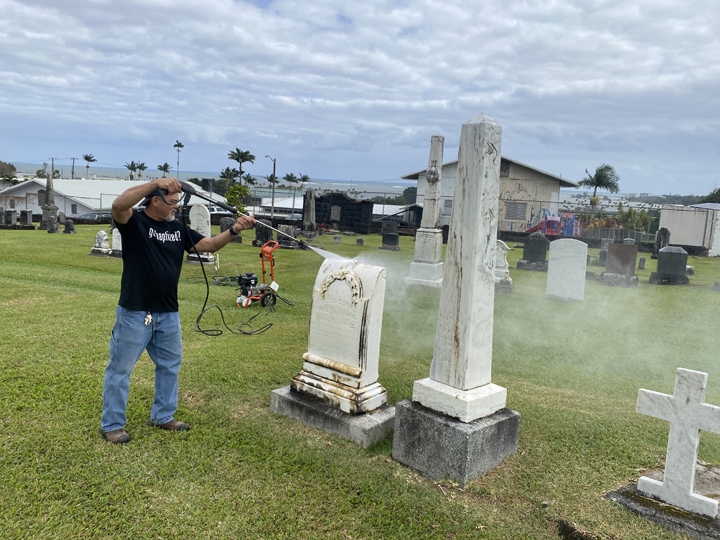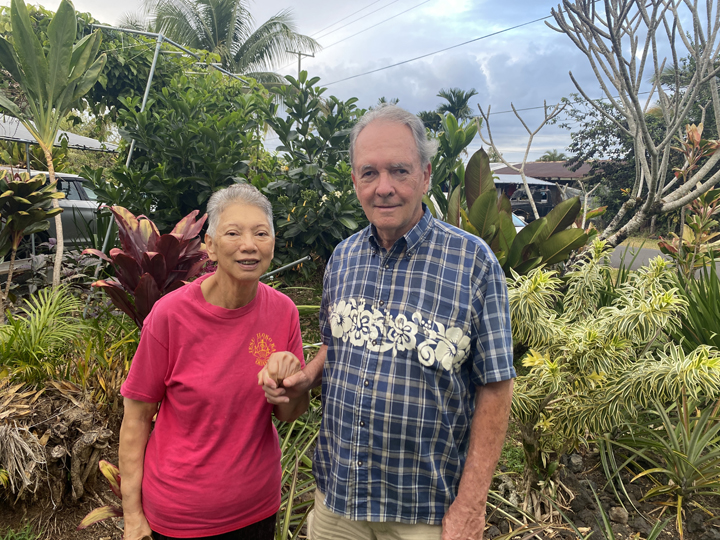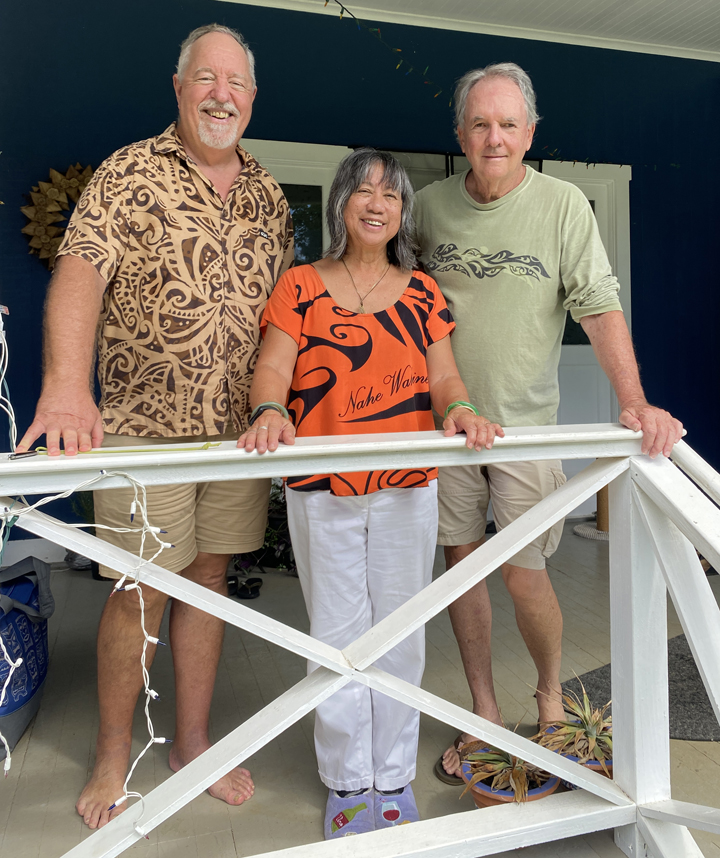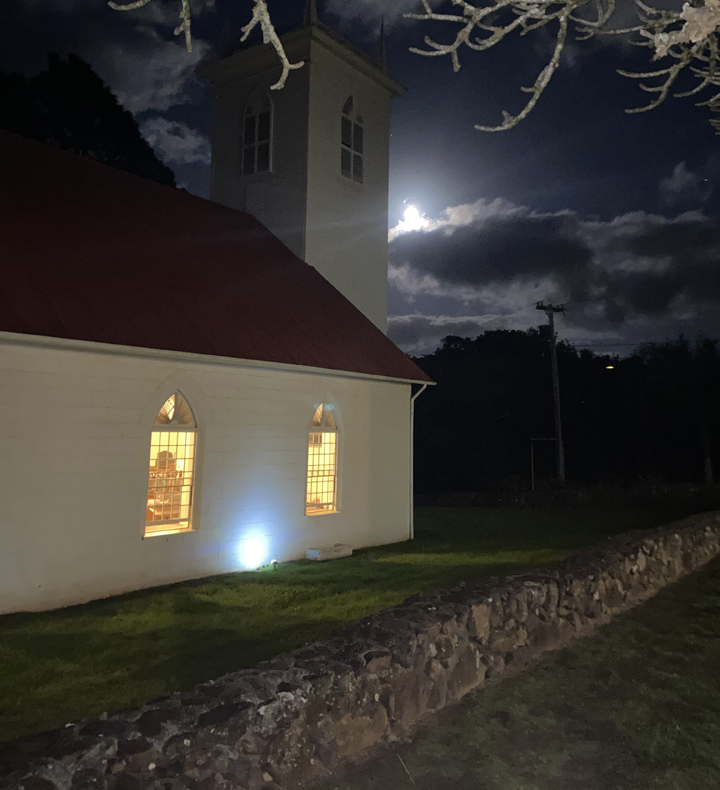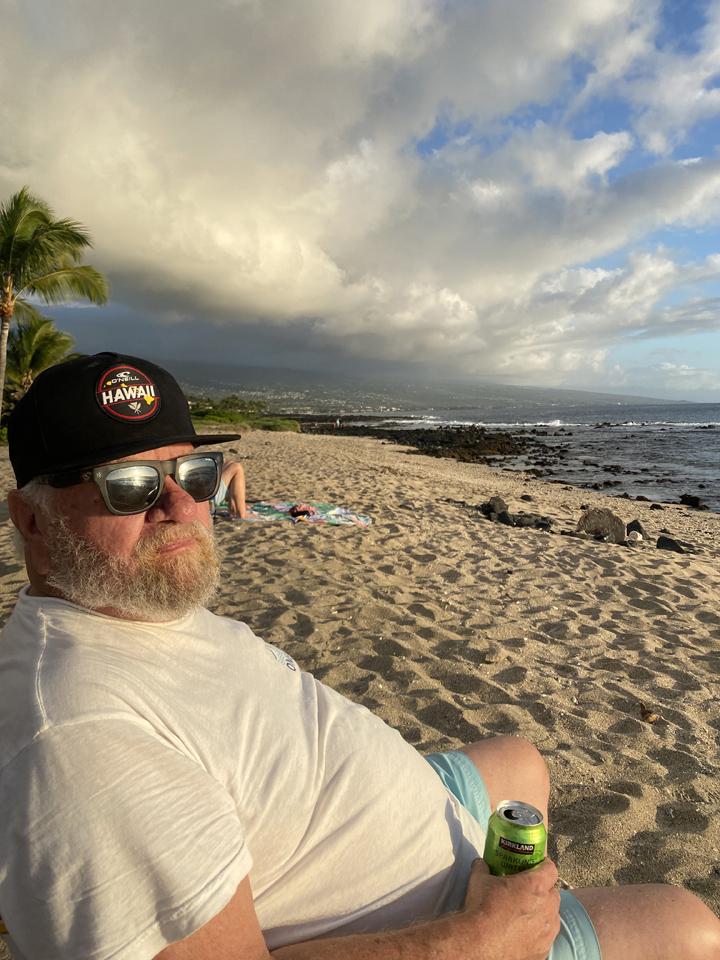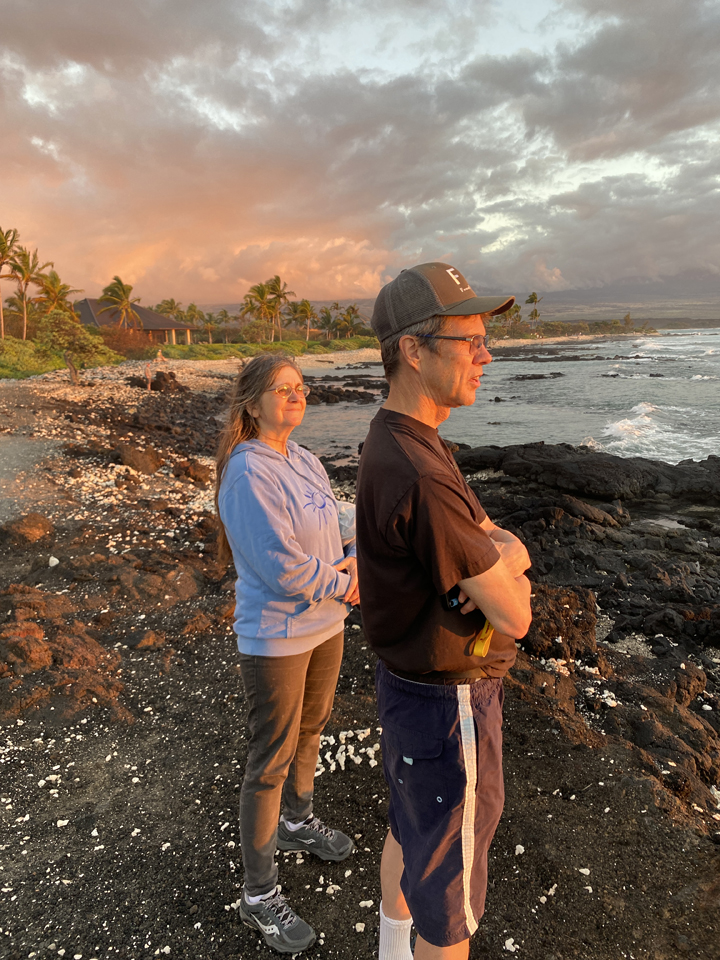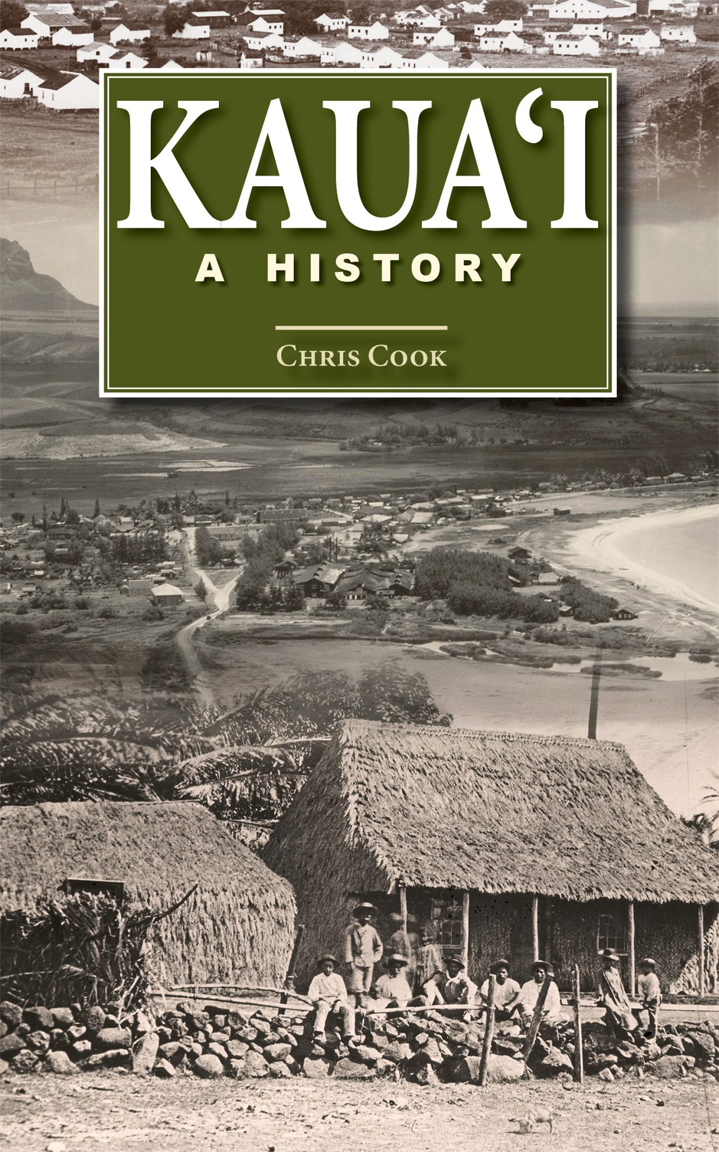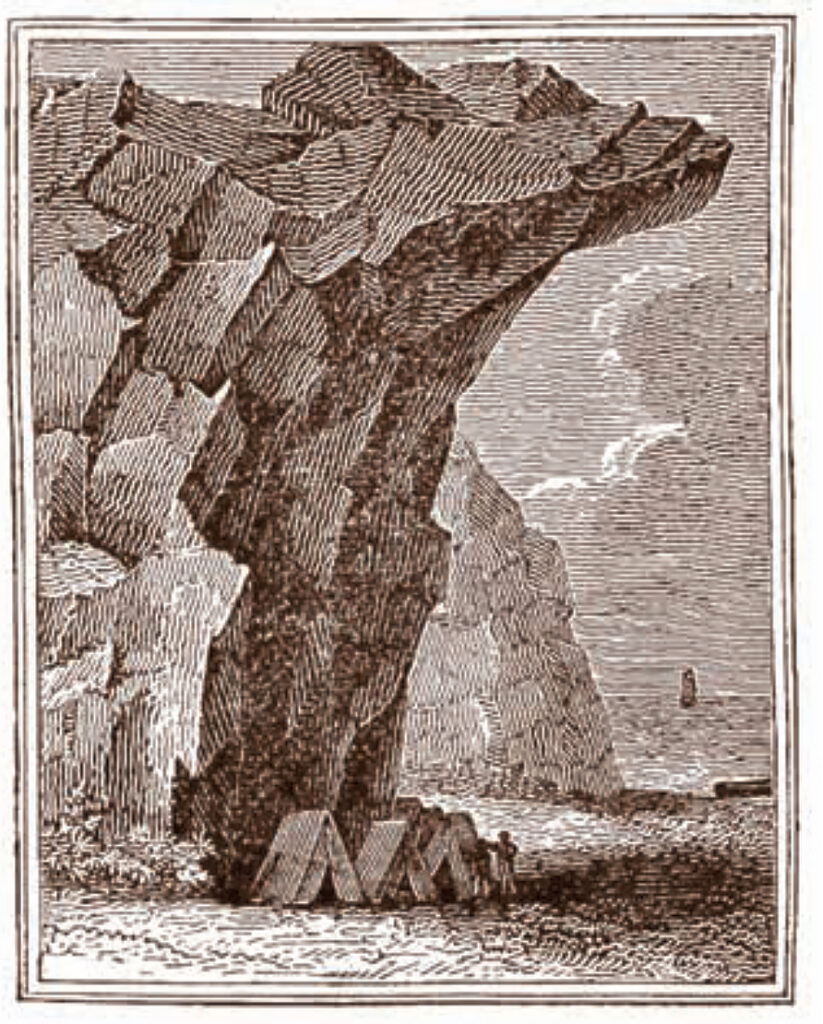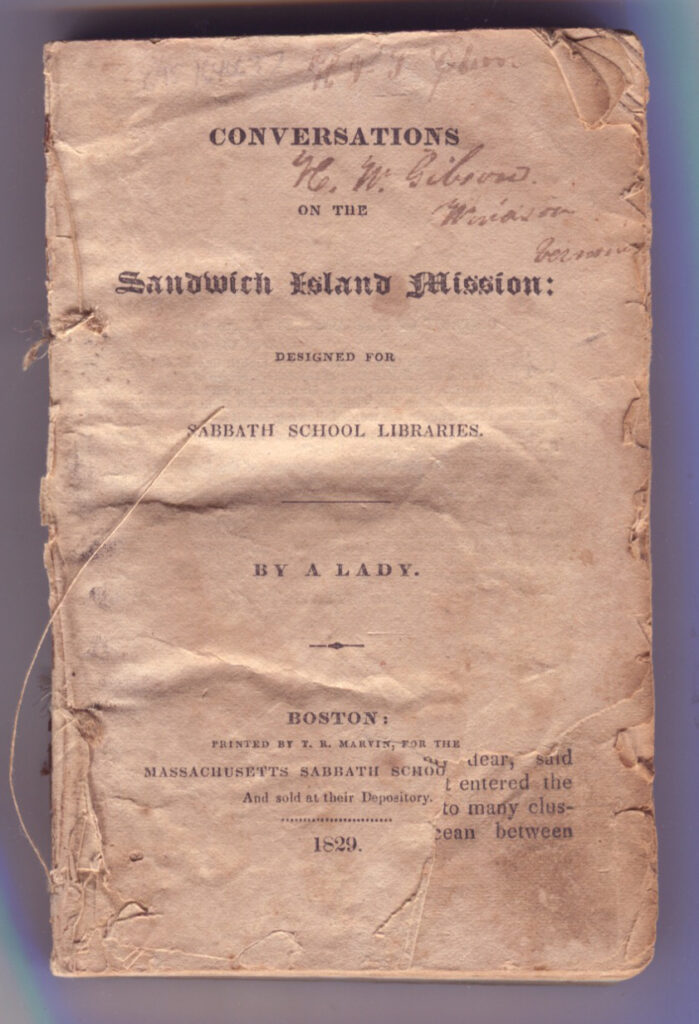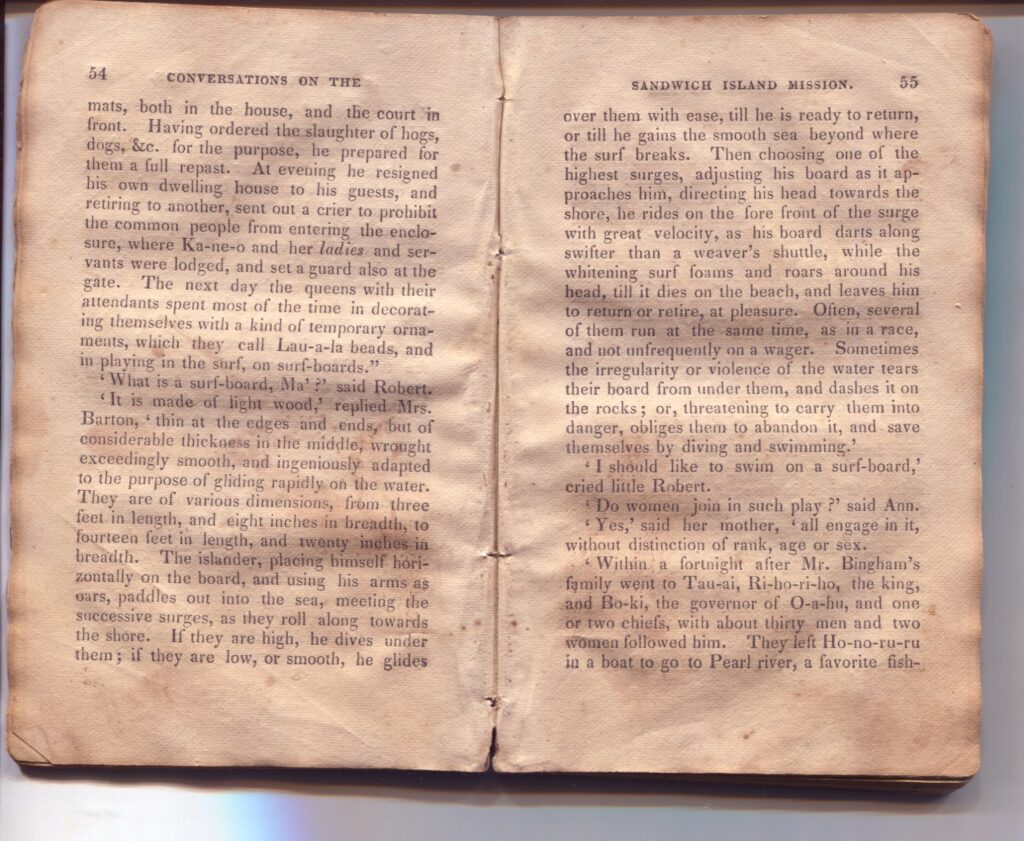A number of claims have been made for the source of the Hawai‘i State Motto expression “Ua Mau ke Ea o ka ʻĀina i ka Pono” / “The Life of the Land is perpetuated in righteousness.”
A source for the expression closely tied in time to Kamehameha III declaring the words which became the state motto appears in a four-page “EXTRA” issue of The Friend, of Temperance and Seamen. This montly newsprint publication, a monthly Christian newspaper, was edited and published by the Rev. Samuel Damon, chaplain of the Seaman’s Bethel Chapel in Honolulu.
The EXTRA edition, one outside the montly run, was distributed on July 31, 1843, the day the rule of Hawai‘i was returned to the Kingdom of Hawaiʻi by the British Admiral Thomas.
Rev. Damon, who was there at the scene of what has become known as Restoration Day, in his EXTRA edition published a press release distributed by Dr. Gerrit Judd, the chief aide to Kamehameha III. This press release twice features the expression “life of the land” and is dated Feb. 25, 1843. On this date Kamehameha III suffered having his Kingdom taken over by British naval officer Paulet, with the Hawaiian flag being lowered and the British raised. These reports are primary sources.
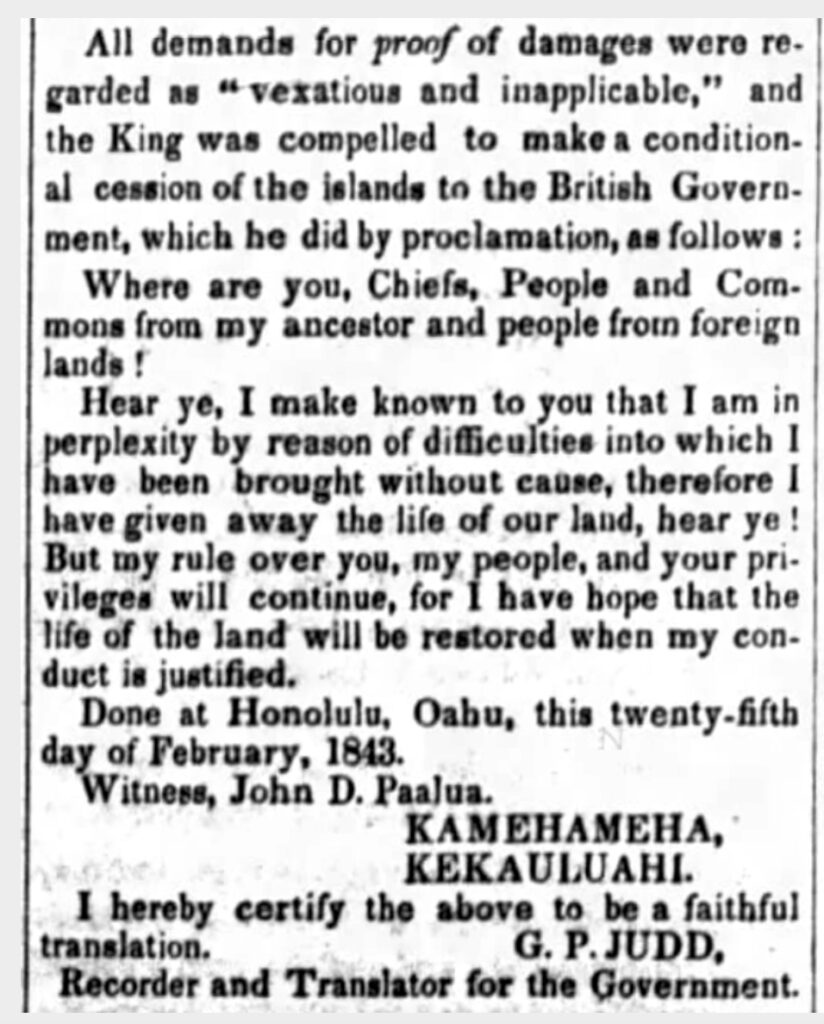
Nupepa – Кamehameha III, Kekauluahi press release
The Kamehameha III February 25th “life of the land” press release appears on page 4 of the above digital issue of The Friend.

